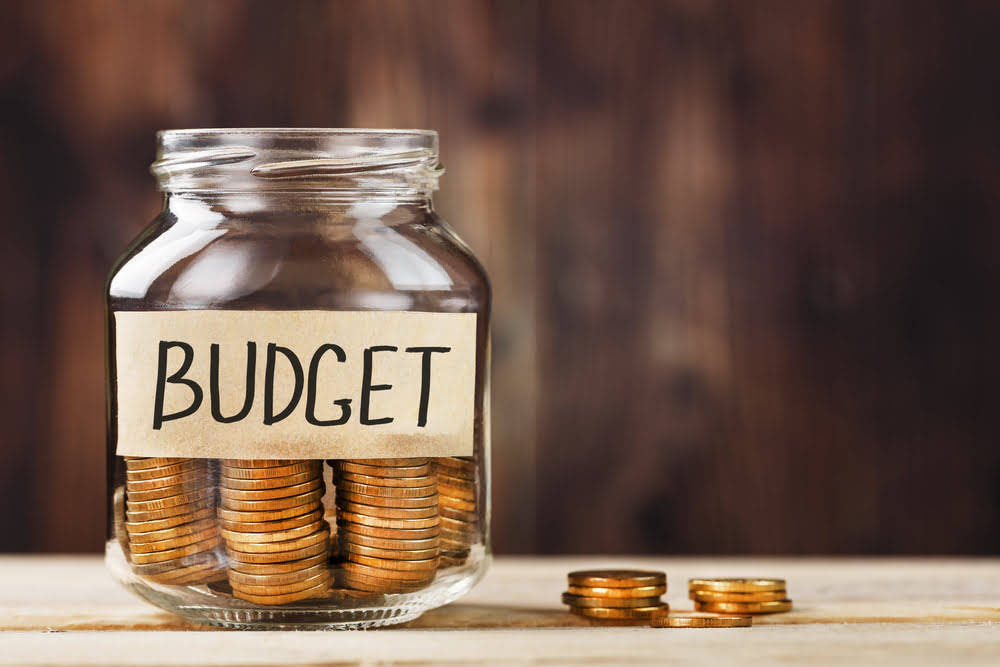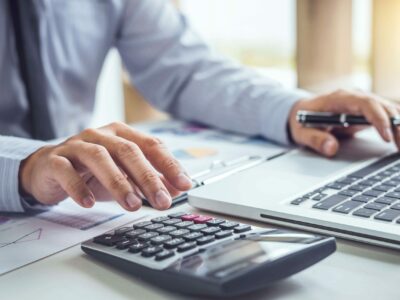
As the asset’s book value decreases, the depreciation expense also decreases. The underlying idea is that assets tend to lose their value more rapidly during their initial years of use, making it necessary to account https://www.bookstime.com/ for this reality in financial statements. Salvage value is the estimated resale value of an asset at the end of its useful life. Book value is the original cost of the asset minus accumulated depreciation.
- Business News Daily provides resources, advice and product reviews to drive business growth.
- To calculate the double-declining depreciation expense for Sara, we first need to figure out the depreciation rate.
- Taxfyle connects you to a licensed CPA or EA who can take time-consuming bookkeeping work off your hands.
- If the double-declining depreciation rate is 40%, the straight-line rate of depreciation shall be its half, i.e., 20%.
- A double-declining balance method is a form of an accelerated depreciation method in which the asset value is depreciated at twice the rate it is done in the straight-line method.
How Print-on-Demand Companies Can Enhance Retail Sales

If you file estimated quarterly taxes, you’re required to predict your income each year. Since the double declining balance method has you writing off a different amount each year, you may find yourself crunching more numbers to get the right amount. You’ll also need to take into account how each year’s depreciation double declining balance method affects your cash flow. Bottom line—calculating depreciation with the double declining balance method is more complicated than using straight line depreciation. And if it’s your first time filing with this method, you may want to talk to an accountant to make sure you don’t make any costly mistakes.

How the Tax Advantage Works
By integrating AI, companies can ensure precise and efficient handling of their asset depreciation, ultimately improving their financial operations. Multiply the straight line depreciation rate by 2 to get the double declining depreciation rate. Consider a scenario where a company leases a fleet of cars for its sales team. These cars are crucial for the business, but they also lose value quickly due to high mileage and wear and tear. Using the DDB method allows the company to write off a larger portion of the car’s cost in the first few years. This higher initial depreciation aligns with the rapid decrease in the car’s value and the heavy use in the early years.
Other Depreciation Methods Worth Understanding

Remember, in straight line depreciation, salvage value is subtracted from the original cost. If there was no salvage value, the beginning book balance value would be $100,000, with $20,000 depreciated yearly. If you want to learn more about fixed asset accounting as a whole, then head to our guide on what fixed asset accounting is, where we discuss the four important things you need to know. Also, if you want to know the other essential bookkeeping tasks aside from fixed asset accounting, you can read our piece on what bookkeeping is and what a bookkeeper does. In later years, as maintenance becomes more regular, you’ll be writing off less of the value of the asset—while writing off more in the form of maintenance.

He is a CFA charterholder as well as holding FINRA Series 7, 55 & 63 licenses. He currently researches and teaches economic sociology and the social studies of finance at the Hebrew University in Jerusalem. We’ll now move on to a modeling exercise, which you can access by filling out the form below. In addition, capital expenditures (Capex) consist of not only the new purchase of equipment but also the maintenance of the equipment. However, one counterargument is that it often takes time for companies to utilize the full capacity of an asset until some time has passed.
- In contrast to straight-line depreciation, DDB depreciation is highest in the first year and then decreases over subsequent years.
- And so on—as long as you’re drinking only half (or 50%) of what you have, you’ll always have half leftover, even if that half is very, very small.
- Whether you’re a seasoned finance professional or new to accounting, this blog will provide you with a clear, easy-to-understand guide on how to implement this powerful depreciation method.
- The Double-Declining Balance method is a form of accelerated depreciation.
- Double Declining Balance (DDB) depreciation is a method of accelerated depreciation that allows for greater depreciation expenses in the initial years of an asset’s life.
- The most commonly used method of depreciation is straight-line; it is the simplest to calculate.
- This method is an essential tool in the arsenal of financial professionals, enabling a more accurate reflection of an asset’s value over time in balance sheets and financial statements.
- For accounting purposes, companies can use any of these methods, provided they align with the underlying usage of the assets.
- Implement our API within your platform to provide your clients with accounting services.
- See the screenshot below for the facts of the asset we will depreciate using the variable-declining balance for the MACRS half-year convention.
- When a company purchases an asset, such as a piece of equipment, such large purchases can skewer the income statement confusingly.
- Now you’re going to write it off your taxes using the double depreciation balance method.
- Under the straight-line depreciation method, the company would deduct $2,700 per year for 10 years–that is, $30,000 minus $3,000, divided by 10.
